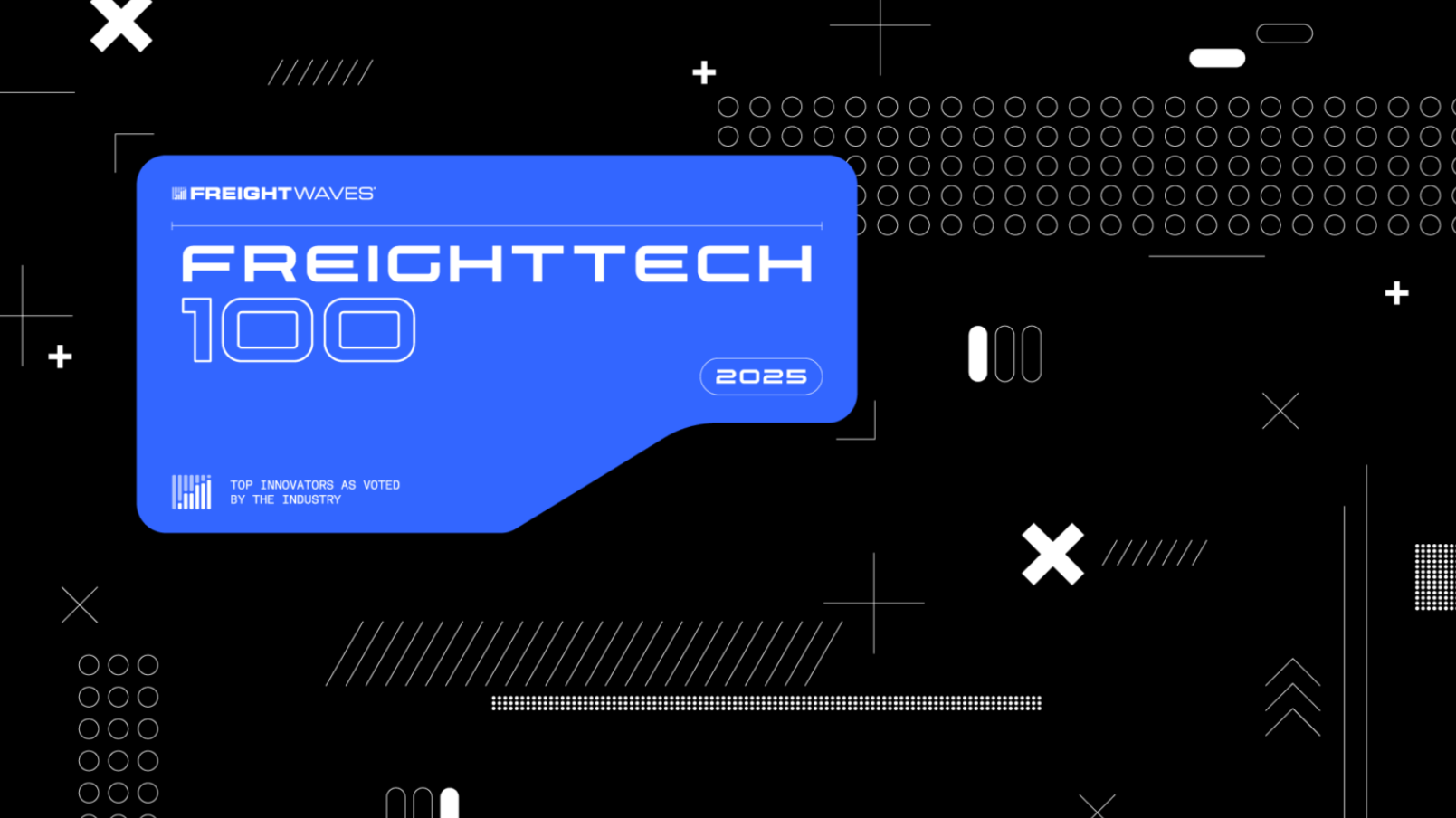
Addressing Labor Shortages with a Powerful TMS
Bannockburn, Ill. – The national unemployment rate may be slowly creeping upward, but the warehousing, logistics and transportation labor shortage continues to challenge companies across many different industry sectors. Warehouse employees, drivers, logistics specialists and other workers have become notoriously difficult to find, recruit and retain in the current business environment.
According to the Bureau of Labor Statistics, the average annual turnover rate—the percentage of employees that leave an organization during a 12-month period—for warehousing and transportation employees currently stands at 53 percent. Compare this to an average U.S. employee turnover rate of 13.5%, and it’s clear that transportation, logistics and warehousing are among the toughest roles to fill right now.
“In today’s dynamic business landscape, talent is scarce and the competition is fierce. We are faced with an aging work population, so organizations are prioritizing human capital like never before,” long-time supply chain expert and analyst Bart De Muynck writes in FreightWaves.
“It’s no longer enough to simply hire bodies, whether that means a driver, a warehouse worker or an office worker. Hiring workers for warehouse operations is one thing; retaining them is an almost equally daunting challenge,” he continues. “The warehousing industry consistently scores among the highest for annual employee turnover in the U.S., typically more than 40%.”
Putting Tech & Automation to Work
Technology and automation are helping companies offset their labor challenges, improve productivity, and attract younger workers that expect to be able to use advanced digital tools and software while on the job.
A modern, cloud-based transportation management system (TMS), for example, can help organizations automate manual tasks, reduce operational expenses and improve supply chain agility—something all organizations are focused on right now.
“A TMS is very good at automating those redundant, predictable tasks that would otherwise have to be handled by a human,” says Mike Horvath, COO at Revenova. “Then, that valuable labor can be reallocated to more strategic, value-oriented projects.” This leads to major “wins” in a business environment where recruiting is difficult and companies have to offer higher wages and better benefits packages in order to compete effectively for those limited human resources.
Taking the Pressure Off of Employees
One way a TMS helps companies tackle their labor woes is by providing self-service options that customers use to get questions answered or check on their shipments, all without the need for staff intervention. Instead, those customers have a real-time connection to your cloud TMS and can log in and look up information as needed.
 “When they can see what’s happening with their freight at any given point, there’s no longer a need to make a phone call to get those answers,” Horvath points out.
“When they can see what’s happening with their freight at any given point, there’s no longer a need to make a phone call to get those answers,” Horvath points out.
This is just one of many ways a cloud TMS can take the pressure off a company and put it squarely onto its software instead. With fewer people needed to “man the phones,” those valuable labor resources can focus on other things.
Looking ahead, Horvath says newer capabilities enabled by artificial intelligence (AI) and generative AI (GenAI) will allow the software to do some of the thinking and acting on a company’s behalf. Text-to-voice, for instance, converts written text into spoken language and allows computers to read aloud documents, emails or any other type of written content. “It sounds like a person and can be fully automated to read declarative AI-generated text messages based on the data provided,” Horvath says. “That’s where AI technology is heading.”
These and other advancements present significant opportunities to offload manual work that would otherwise have to be handled by a human being, and at a fraction of the cost. Using these solutions, companies can “do more things with fewer people” and optimize their valuable labor resources.
Tasks that required the work of 30 people, for example, may now only require 10 workers because the automation works ahead to “prep” the data and make it easier to access and use.
The other 20 people can then be allocated to more revenue-generating or customer-service focused tasks which, in turn, helps improve productivity, throughput and profitability. “You can get more done with the same number of people, and without stressing them out,” says Horvath.
Attracting a New Labor Pool
Putting an advanced, cloud-based TMS in place also gives younger associates the tools they’ve come to expect in the workplace. And when employees like the tools that they work with, they’ll be more apt to stay in place, engage with their work and enjoy their jobs. This leads to lower employee turnover—the Holy Grail that all warehousing, logistics and transportation operations are seeking right now.
One Qualtrics report found that employees are 230% more engaged and 85% more likely to stay in a job longer than three years if they have the technology tools they need to do their jobs, Modern Distribution Management reports. Another study from Zapier found that one in six employees left their jobs because the employer didn’t give them the right technology tools to do their work.
“People are not simply cogs in the big supply chain and logistics machine. People are the KEY to organizational success,” De Muynck writes. “By investing in understanding and optimizing the human experience through people insights, organizations can unlock a wealth of untapped potential. Improved labor efficiency, reduced turnover and a more engaged workforce are just a few of the rewards that await those who truly see the power of their people.”
To learn more about Revenova TMS Request a Demo. Follow Revenova on LinkedIn, YouTube, and X (formerly Twitter) for the latest updates and news about Revenova TMS, the original CRM-powered Transportation Management System.




